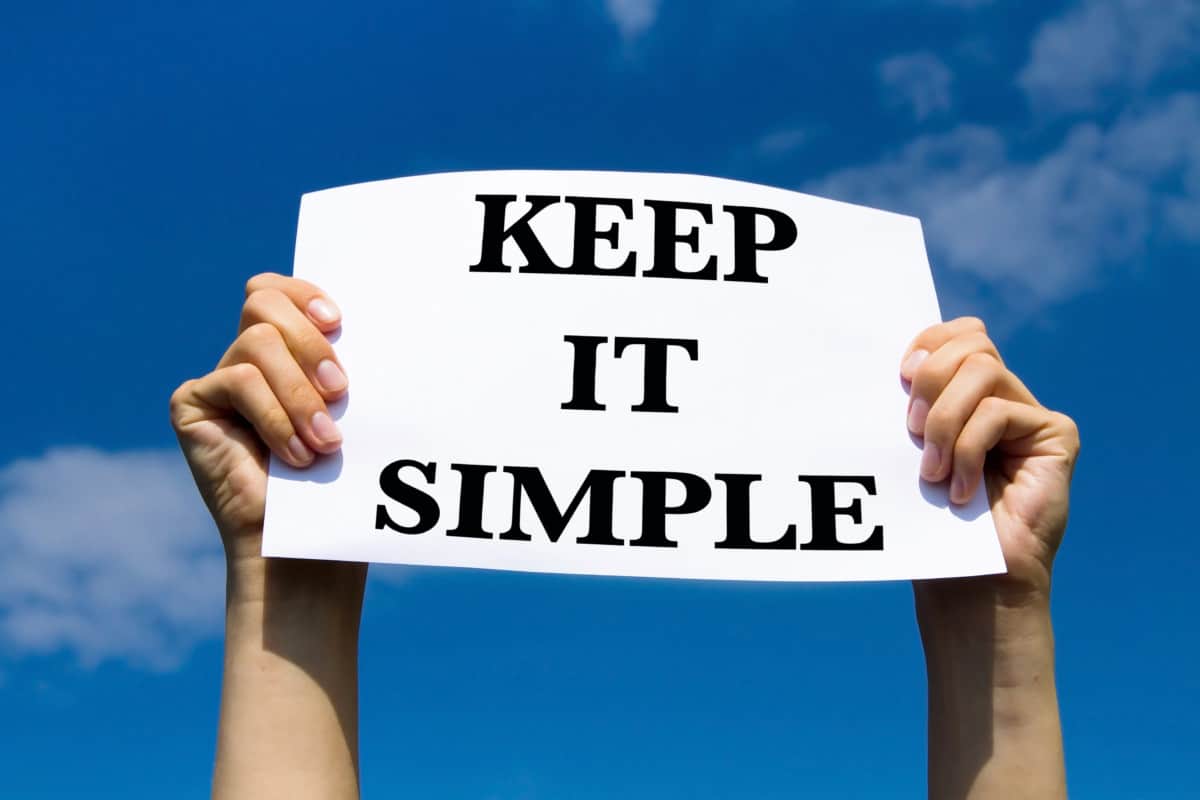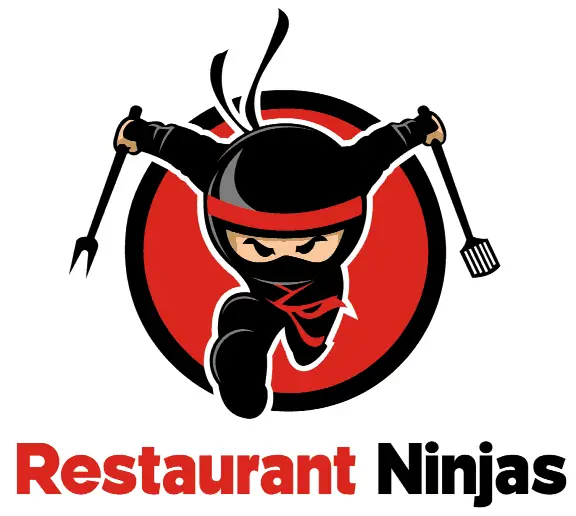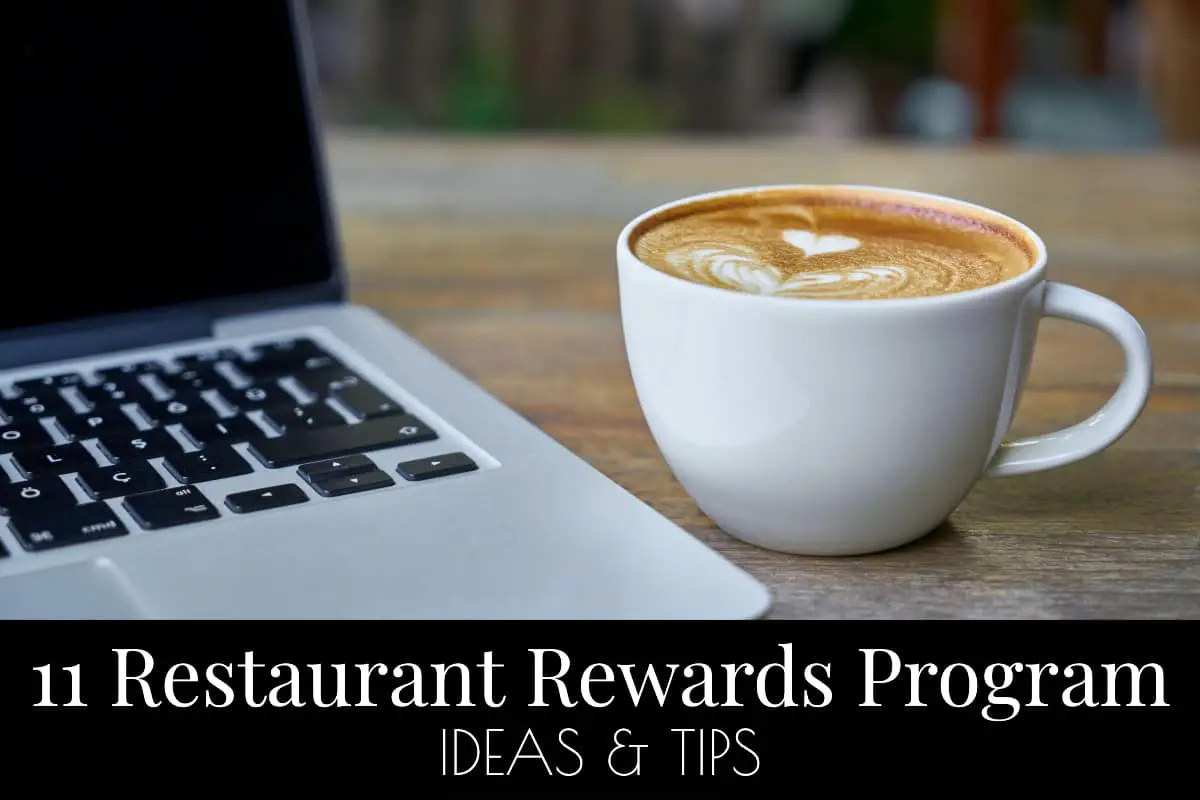The goal of any rewards program is to increase revenue while also rewarding loyal customers. In short, the goal is to improve overall loyalty, which is why these rewards programs are often referred to as loyalty programs.
If you have decided that a rewards program is right for your restaurant, then you have come to the right place! Below you will find 11 ideas and tips to help you design your program. If you haven’t already, check out this article on whether rewards programs are worth the hassle and see what options there are in regards to platforms. Without further ado, on with the list!
1. Personalize It

Make your program feel intimate by adding a few personal touches. First and foremost, celebrate their birthday with a special reward that they can redeem on or around their big day. I swear my wife’s favorite part of her birthday is all the rewards that get sent her way from the myriad of programs of which she is a member.
Be sure to get their preferred name (as opposed to their legal name) so that all of your correspondence can address them as such.
2. Make Every Visit Count
Your members need to feel like each, and every visit is moving them towards their next reward. If you’re operating a transactional concept like a coffee shop, then it is going to take that regular customer who comes in daily for a cup of coffee forever to earn anything of any value if the rewards are based solely on the total amount spent.
Be sure to design your program to match your concept, especially if you operate one that relies on small, frequent transactions over larger, less frequent ones.
3. Balance Short Term and Long Term Incentives
If your rewards program takes to long for guests to start earning rewards, it will be ineffective. While you might not want to give out a big reward early on, you should offer short term rewards on their way to the big reward.
Alternatively, you can offer a sign-up bonus that loads a bulk sum of points once enrolled. This way, they are well on their way to a long term reward with the “bulk load” acts as a short term bonus.
Some companies give out rewards at a higher level to customers at first but later taper them off as they become more entrenched in the program. Cutting back like this might seem like a sound strategy but can backfire if (and when) your customers catch on. This is why it is so important to stay transparent. More on transparency soon!
4. Keep it Simple

People like to know where they stand. If they can’t easily understand how many more visits or dollars they have to spend to earn a reward and what that reward will be, they can become frustrated. Once frustrated, it will not take long for them to stop using the program or even stop visiting your restaurant altogether.
Monetary rewards usually work best and hold the most perceived value. The most successful programs I have seen work like most credit card rewards programs. You earn points for every dollar spent that can be redeemed for dollars once they meet a certain threshold.
You can (and should) still give out occasional “surprise” rewards as a bonus to your most loyal customers on top of your normal points system. Doing this allows you to encourage them to try new items or services that they might have otherwise not considered. If they like them, it may result in increased revenue for you in the future in addition to increased loyalty and fandom from that guest.
5. Promote it Like Crazy
Don’t just create a program and expect it to take off on autopilot. Promote it like gangbusters! It should be posted all over your restaurant on table tents, posters, and menu inserts. Buy buttons for your wait staff, promoting your awesome new rewards program. Blast your social media and email list.
Be it a new sign-up or a logged transaction; your goal should be to have at least 50% of all transactions involving your rewards card.
6. Make it Fun
Get creative and make your program fun. The rewards calculation will go a long way in this, but there are other ways you can go about making it fresh and unique. Maybe have a “secret code” that gets blasted to members once or twice a month that can be redeemed for a free appetizer or dessert.
People love to feel like they are getting something exclusive; just imagine how giddy they will be whispering into their waiter’s ear, “The Rooster Crows at Midnight” as the codeword.
7. Be Transparent & Consistent
Keep it simple and transparent and display how far they are from earning a reward and what that reward will be once they earn it.
I worked for a company that based the entire system on “surprise and delight.” If I had a nickel for every customer that complained to me about never knowing where they stood, I would be about five years closer to retirement.
If you are offering a bigger prize that is only going to go to one lucky guest, be sure to post the odds, so people know their chances.
8. Collect Data & Use it
You are going to have access to all sorts of customer data. If you use a digital platform like one integrated with your POS or through a third-party provider like Level Up or Repeat Returns. Take advantage of knowing your customer’s purchase habits, favorite dishes, and standard visit patterns by offering rewards that will take them outside their usual comfort zone and encourage them to try something new that you know they will enjoy based on the data.
For example, you have a customer who regularly orders Ribeyes, but has never ordered your signature Prime Rib. Using that data, along with the knowledge that you make more on the prime rib, your system can be set to automatically offer a discount on the prime rib to get them to try it. In a perfect world, they become hooked, and their check average per visit increases a few dollars on all future visits.
The ribeye to prime rib is a fundamental example of what you can do with this data. Think of using it as a way to “bridge” customers to new things that will make their experience better and your bank account bigger. More importantly though, you will be able to identify lapsed customers who might have had a bad experience on their last visit, allowing you to reach out and make it right or offer a reward to get them back in the door.
9. Offer Exclusives
Give the members of your rewards program a VIP feel by offering exclusive items that are only available to them. Be it t-shirts, mugs, growlers, or even a signature dish, having unique items that can only be purchased through your rewards program makes your members feel special while also creating fear of missing out for your patrons who aren’t yet members of the club. Fear of Missing Out (aka FOMO) can be a potent marketing tool!
Give your rewards card a cool name so that people can feel proud of being a member. Look at how credit card companies play to their programs as exclusive clubs. I think I am even a member of the “Diamond Club” for a hotel chain I frequent.
10. Go Digital

Sure, you can make some lovely looking punch cards on using my recommended marketing tools, but you can do better. Guests need to carry punchcards on them to use them and frankly can make your operation appear unprofessional. Plus, punchcards won’t allow you to collect any of the data I mentioned above. Digital is the way of the future, embrace it now.
Going digital is not enough, though. Even if you elect to go with a system that uses a plastic card, be sure that it allows customers to be looked up at the time of purchase and not have to carry the card with them everywhere.
There are so many good reasons for not forcing people to have to carry a card with them. For one, it forces them to clog their wallet up with yet another card. Perhaps they even go elsewhere if they have already left the house and forgot the card altogether. Aside from all of that, forcing them to carry it can and will result in lost cards that cost YOU money to replace.
11. Train Your Staff
Your customer-facing staff members are your front lines. If they are not able to articulately explain how to enroll and use your reward program, then it is ultimately not going to be successful. Your team also needs to understand how it works, including how the rewards are structured and how to redeem them.
A big part of a server or bartender’s job is selling, and selling your rewards program is no different. Train and coach them on how to “make the sale” and overcome guest objections to joining by talking up the benefits.
Track, celebrate, and incentivize your team members with the highest amount of sign-ups. Do the same to your team members with the most transactions that accompany the use of a rewards card as it proves that they are reminding current members to use their card on every purchase. Post the rankings each week and play to your team’s competitive nature to see how quickly your membership grows.
Conclusion
The more you can utilize these tips and ideas; the more successful your rewards program is going to be in the end. If you want to improve the odds of seeing a significant ROI by combining all 11 tips!
Still not convinced if a rewards program is right for your restaurant? Check out our article on whether or not rewards programs are worth it.

